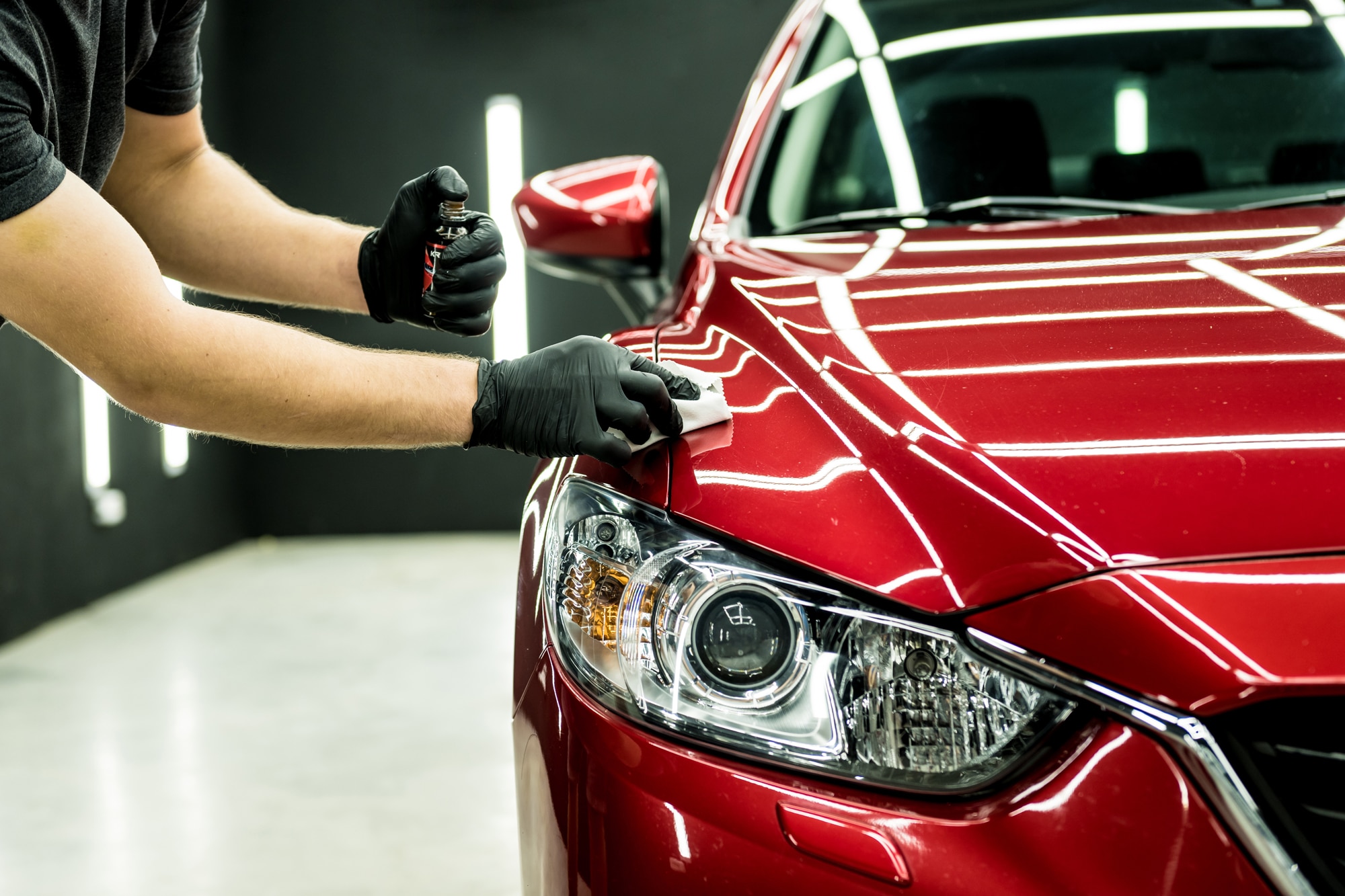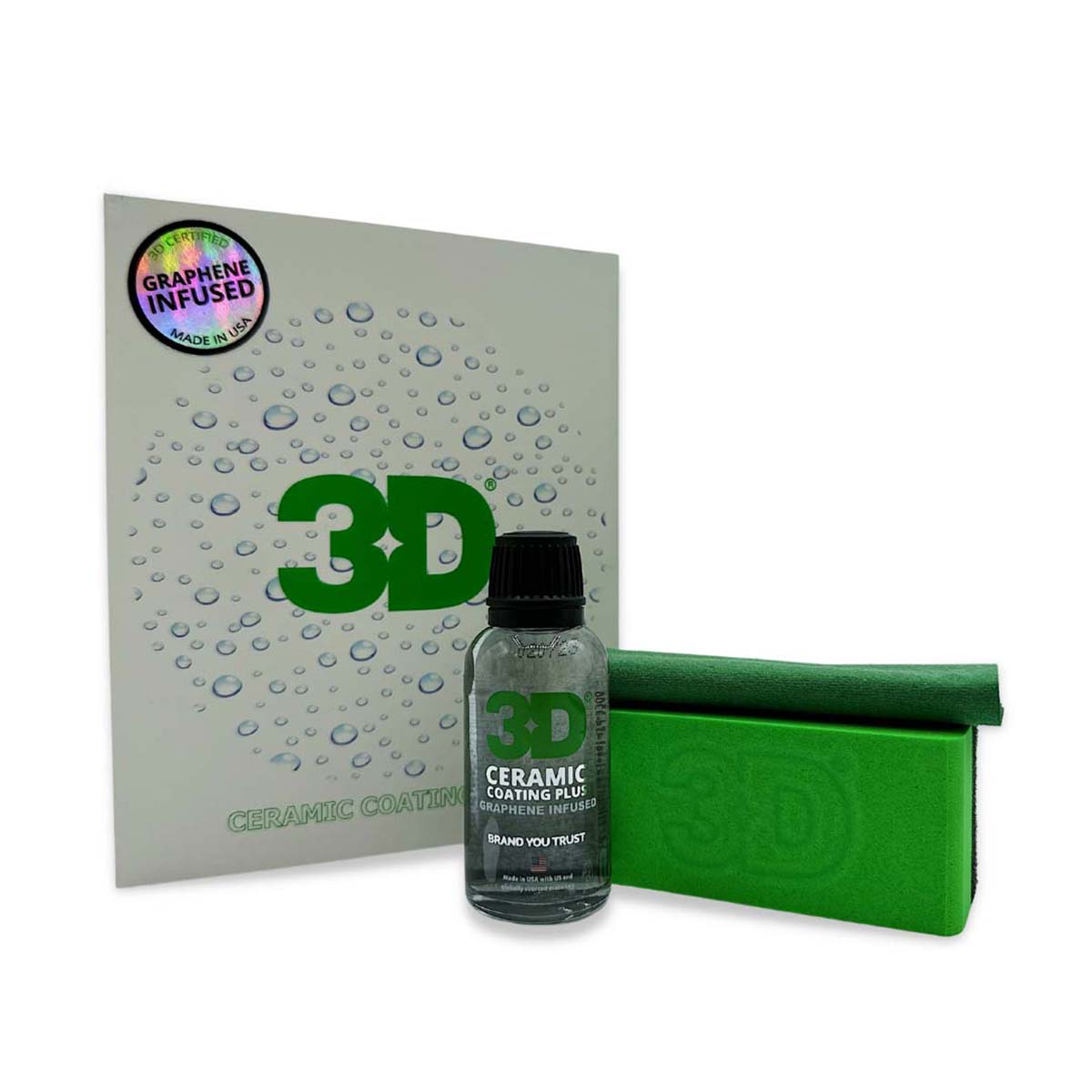Budget Friendly and Trustworthy Ceramic Coating Philadelphia Provider for Your Vehicle
Budget Friendly and Trustworthy Ceramic Coating Philadelphia Provider for Your Vehicle
Blog Article
Why Ceramic Finishing Is the Ultimate Service for a Flawless Finish
Ceramic finish has become a leading service for those seeking a perfect coating for their cars, thanks to its impressive resilience and safety features. This innovative liquid polymer not only bonds flawlessly with manufacturing facility paint however likewise supplies a formidable barrier against usual threats such as scratches, UV rays, and environmental contaminants. In addition, its hydrophobic residential or commercial properties simplify upkeep while improving visual allure. Nevertheless, comprehending just how this modern technology compares to standard methods and exploring its application subtleties can reveal a lot more regarding its worth. What aspects absolutely set ceramic finishing apart?
What Is Ceramic Layer?

When applied properly, ceramic finishing produces a hydrophobic surface area that drives away water and dust, making it simpler to clean and maintain. Unlike typical waxes or sealants, which usually provide brief security, ceramic coverings can last for several years, relying on the item high quality and application approach. The procedure of applying ceramic coating requires careful preparation, including complete cleaning and occasionally repaint correction, to make sure optimal bonding and performance.
Ceramic finishes are not limited to vehicle surfaces; they can also be utilized on various products, including glass, metal, and plastics, offering a versatile option for enhancing security. Overall, ceramic coating stands for a substantial development in surface defense innovation, incorporating both visual and practical benefits for a wide variety of applications.
Advantages of Ceramic Coating
While many surface security alternatives exist, the advantages of ceramic layer attract attention due to its special homes and lasting efficiency. One of the key benefits is its outstanding durability. Ceramic Coating Philadelphia. Unlike conventional wax or sealers that call for frequent reapplication, ceramic finishings give a resistant layer that can last for several years, dramatically lowering maintenance efforts
One more notable advantage is enhanced security against environmental impurities. Ceramic layers develop a hydrophobic surface that repels water, dirt, and numerous contaminants, making it much easier to clean up. This function not only protects the automobile's appearance however also lessens the risk of deterioration and oxidation, particularly in severe weather problems.
In addition, ceramic coverings offer superior resistance to UV rays, preventing fading and degradation of paint gradually. This UV defense is important for keeping the aesthetic value of surfaces and vehicles exposed to direct sunlight.
Additionally, the glossy finish achieved with ceramic covering boosts the total aesthetic charm, offering surface areas a showroom-quality shine. Overall, ceramic coverings represent a substantial advancement in surface area security technology, offering long-lasting benefits that satisfy both practical and visual requirements.
Exactly How It Works
Comprehending the science behind ceramic coatings discloses how they provide such exceptional protection and longevity. At its core, a ceramic covering is a liquid polymer that chemically bonds with the car's factory paint.
The application procedure involves multiple steps, consisting of surface prep work, which is crucial to accomplishing optimal attachment. As soon as used, the finishing goes through a curing process, throughout which it sets and forms a semi-permanent bond with the paint surface area. This bond is what distinguishes ceramic coatings from standard waxes and sealants, offering a longer-lasting protective barrier that can withstand for years.
Additionally, the density of the layer can enhance its safety qualities, guaranteeing that it can withstand severe conditions. Inevitably, the science of ceramic finishes integrates advanced materials with cutting-edge application techniques to deliver an unrivaled level of protection and aesthetic enhancement for cars.
Comparison With Traditional Techniques
When contrasted to conventional paint defense methods such as sealants and waxes,The benefits of ceramic finishings end up advice being particularly noticeable. While waxes supply a short-term sparkle, normally lasting a few weeks to a pair of Visit This Link months, ceramic coatings supply a lasting safety layer that can endure for several years. This durability dramatically minimizes the regularity of reapplication, making ceramic finishings a more cost-effective remedy over time.
Furthermore, traditional techniques usually need comprehensive prep work and numerous applications to accomplish an acceptable level of protection. On the other hand, ceramic finishings bond at a molecular level with the lorry's surface, creating a robust guard versus environmental pollutants like UV rays, acid rainfall, and road salts. This bond improves the automobile's resistance to scratches and swirl marks, which are prevalent with standard waxes and sealants.
In addition, the hydrophobic properties of ceramic coatings ward off water and dust, resulting in simpler cleaning and upkeep. In comparison, wax and sealant-treated surfaces can draw in grime, necessitating more frequent washing - Ceramic Coating Philadelphia. Overall, ceramic finishes not just provide premium protection however likewise provide a more long-lasting and aesthetically appealing coating, developing them as the recommended option for critical vehicle owners
Application and Upkeep Tips

Making use of a foam applicator, use the layer in small sections, following the supplier's standards pertaining to thickness and overlap. Permit adequate treating time between layers, normally 24 hr, to make certain appropriate bonding. After application, it is critical to avoid useful source direct exposure to water or harsh components for a minimum of a week to permit the coating to fully heal.
For maintenance, wash the automobile consistently with pH-balanced soaps and stay clear of unpleasant materials. Touchless auto laundries are recommended to reduce damaging. Additionally, using a ceramic upkeep spray can boost the coating's hydrophobic residential properties and long life. Normal inspections for any type of indications of wear will certainly aid keep the finish's stability and preserve that pristine coating.
Final Thought
To conclude, ceramic finish arises as a remarkable option for attaining a remarkable vehicle coating. Its exceptional durability, safety qualities, and hydrophobic properties substantially enhance the automobile's appearance while simplifying maintenance initiatives. By forming a durable bond with manufacturing facility paint, ceramic finishing efficiently shields versus scrapes, UV rays, and environmental impurities. With a lifespan prolonging a number of years, this sophisticated service not only preserves yet also raises the total aesthetic appeal of vehicles, making it a cost-effective investment for vehicle enthusiasts.

Report this page